Last Updated on June 30, 2025 by Christine Kaaloa

One of the best ways to truly experience a new destination is through its food. While many travelers default to restaurants or international chains for familiarity, street food offers authenticity, affordability, and a connection to local culture. Whether it’s pad thai in Thailand, tacos in Mexico, or hot samosas in India, street food reflects the heart of a place, telling a story of its history, people, and traditions.
But is it safe? In this post, we’ll explore the history of street food, its cons and benefits of eating street food, street food safety tips and why eating street food should be part of your travel experience.
Why is street food important?
Table of Contents: 10 Reasons to Eat More Street Food When Traveling
- 1 Benefits of street food when we travel
- 1.0.1 1. You can watch your food being made
- 1.0.2 2. You get the most authentic flavors
- 1.0.3 3. Street food is affordable
- 1.0.4 4. Street food is immersed in the community
- 1.0.5 5. Every bite tells a story
- 1.0.6 Street food carries history, culture, and personal stories. Many mouthgasmic dishes have been passed down through generations, from family recipes to traditional cooking techniques. A simple bowl of ramen in Japan might have originated from a vendor who has perfected the broth for decades. In Mexico, a taco stand might have a recipe handed down from a grandmother who once cooked in a small village. These foods connect us to the people who make them and the history behind them.
- 1.0.7 6. Discover local gems
- 1.0.8 7. Street food preserves cultural tradition
- 1.0.9 8. It empowers women
- 1.0.10 9. Boosts local economy
- 1.0.11 10. Reduces food insecurity
- 1.1 The Downsides of Eating Street Food While Traveling
- 1.2 Quick Tips for Finding Safe Street Food
Beyond the flavors, choosing street food also has a larger impact—it supports small businesses, and reduces the environmental footprint of mass-produced meals.
According to the World Health Organization ” An estimated 2.5 billion people eat street food worldwide every day. It provides a source of inexpensive, convenient and in some cases nutritious meals, attractive and varied foods for tourists and a source of income for a vast number of people, particularly women.”
Likewise, the Food and Agriculture Organization (FAO), claim that street food industries contribute billions to national economies while offering affordable meals to residents and travelers alike. By supporting street food, travelers help sustain these livelihoods, encourage culinary traditions, and foster community-driven food culture. Read more travel stories about what makes street food so special.

The history of street food & its role in local economies
The history of street food dates back to ancient civilizations where vendors sold quick, affordable meals to workers and traders. In Ancient Rome, bustling markets offered bread and small fried fish, while in China, roadside noodle stalls provided nourishment to travelers along trade routes.
Today, street food remains a lifeline for millions, particularly in Asia, Africa, and Latin America, where it accounts for a significant portion of daily meals.
Beyond convenience, street food plays a crucial role in local economies. In countries like Thailand, Vietnam, and Indonesia, street vendors make up a large part of the informal economy, providing employment to millions—many of whom are women or small-scale entrepreneurs.
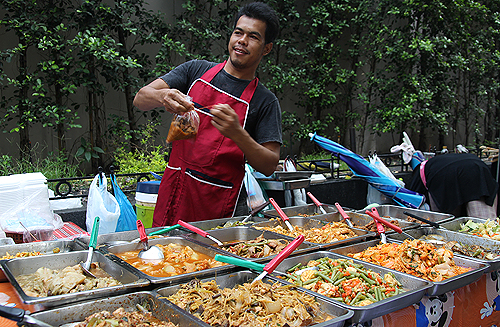
Benefits of street food when we travel
1. You can watch your food being made
One of the best things about street food is that you can watch it being cooked right in front of you. This is not only entertaining but also helpful if you have dietary restrictions. For example, when I was a strict vegetarian, I could easily see which ingredients were being used and how my food was prepared. Unlike a restaurant menu, where you have to guess or ask, street food lets you know exactly what you’re eating. Watching food being made also gives insight into the cooking process, whether it’s how Indian dosas are flipped or how Thai pad Thai noodles come together in a hot wok.
Check out my vegetarian travel tips
2. You get the most authentic flavors
Eating street food means tasting dishes in their original and most traditional form. These are the flavors that locals have grown up with, enjoyed for generations, and can afford daily. For example, Taiwan’s famous gua bao (a fluffy steamed bun filled with braised pork) was originally a simple street food before becoming popular in upscale restaurants worldwide. Many foods that start in humble street stalls later become trendy, but on the streets, you’re getting them in their purest form—often at a fraction of the price.
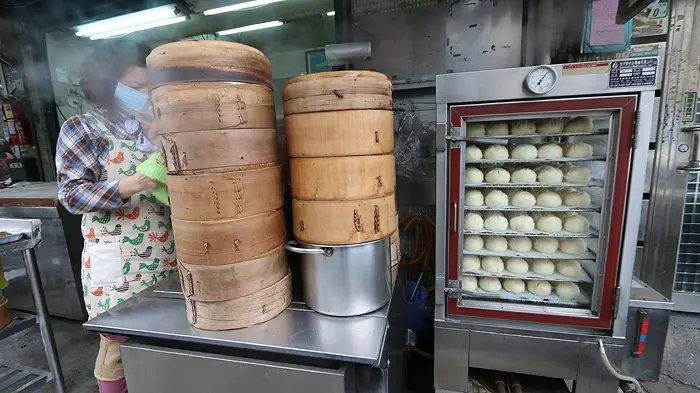
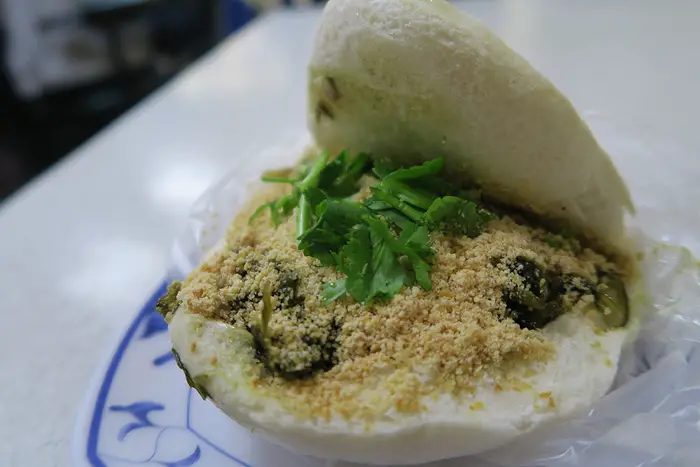
3. Street food is affordable
Street food is made for the everyday working person, so it’s usually much cheaper than restaurant meals. In countries like Vietnam, Thailand, and India, you can buy a filling meal for under $1 USD. This makes it possible to try multiple dishes rather than committing to just one expensive meal at a restaurant. For example, in Bangkok, a plate of pad kra pao (stir-fried basil with rice) can cost just 40 Thai baht (about $1), while a similar dish in a mid-range restaurant could be three to five times that price.
4. Street food is immersed in the community
Eating in a restaurant can sometimes feel formal and isolating, especially as a solo traveler. But with street food, you’re surrounded by people—locals grabbing a quick meal, vendors chatting, and other travelers exploring. There’s no pressure of sitting at a fancy table or ordering a full-course meal. Instead, you can stand at a food stall, sit on a plastic stool, and soak in the energy of the place. In cities like Hanoi, Vietnam, tiny food stalls line the sidewalks, with people huddled together over bowls of steaming pho (noodle soup). It’s an experience that makes you feel part of the local community.
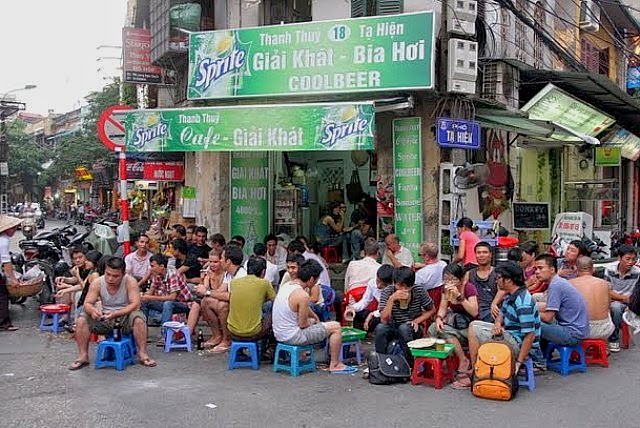
5. Every bite tells a story
Street food carries history, culture, and personal stories. Many mouthgasmic dishes have been passed down through generations, from family recipes to traditional cooking techniques. A simple bowl of ramen in Japan might have originated from a vendor who has perfected the broth for decades. In Mexico, a taco stand might have a recipe handed down from a grandmother who once cooked in a small village. These foods connect us to the people who make them and the history behind them.

6. Discover local gems
Some of the best food spots aren’t listed in guidebooks or review websites—they’re found in small alleys, bustling markets, or street corners where locals gather. When traveling in Butterworth, Malaysia, I stumbled upon a tiny food cart selling skewers (skewers are pretty popular in Malaysia), where you can buy them, take them to your outdoor table and cook them. These skewer carts that had been in the same family for over 50 years. It wasn’t in a restaurant, but it had a long line of people waiting, proving it was something special.
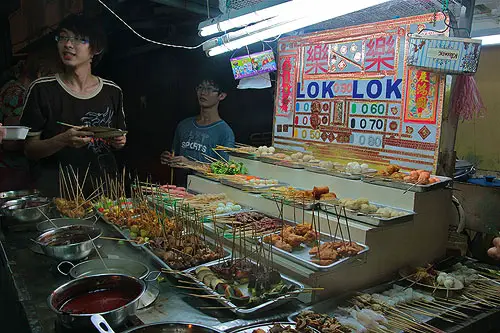

7. Street food preserves cultural tradition
In many countries, street food is more than just a meal—it’s a tradition that has been around for centuries. In Kolkata India, jhalmuri (a puffed rice snack) has been sold by street hawkers since the 19th century, when British officials and workers bought it on the go. In Thailand, night markets have been a way of life for generations, offering family recipes that have barely changed over time. By eating street food, you help keep these traditions alive.
Read Best Sustainable Accommodations for Female Travelers

8. It empowers women
Many street food vendors are women who use their businesses to support their families and gain financial independence. In countries like Indonesia, female vendors run successful food stalls, preparing home-style meals that feed entire communities. In Mexico, women often run taco stands and tamale carts, bringing their cooking skills into the public sphere while building financial stability.
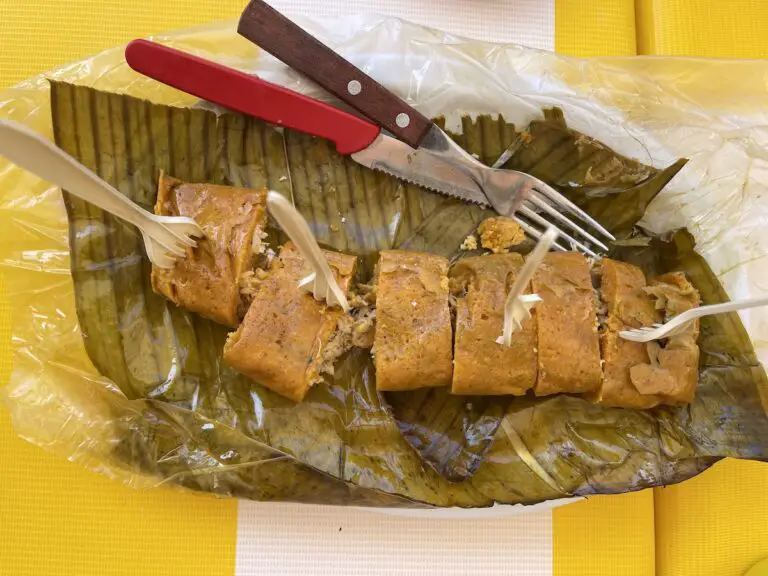
9. Boosts local economy
Street food vendors are small business owners who rely on daily sales to support themselves and their employees. When you buy from them, you’re putting money directly into the local economy rather than a big restaurant chain. In Taiwan, night markets employ nearly 500,000 people, with over 315,000 street stalls fueling the economy. Similarly, in Thailand, street food is a major part of daily life, creating jobs and sustaining families.
Read 30 Responsible Travel Tips for Ethical Travelers
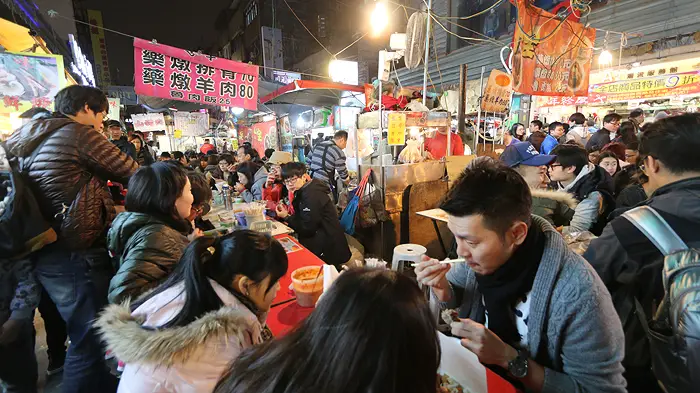
10. Reduces food insecurity
In many places, street food is a crucial source of affordable nutrition for both locals and travelers. Vendors often use fresh, locally sourced ingredients from nearby markets and farms, keeping food costs low and accessible. In parts of South Asia, street food serves as an important food source for lower-income families who may not have access to expensive grocery stores or restaurants.
By eating street food, you’re not just enjoying delicious meals—you’re supporting local culture, traditions, and economies. Plus, it’s one of the best ways to experience a new place authentically. So next time you travel, skip the overpriced tourist restaurants and head to the streets for a meal that’s fresh, flavorful, and full of history.
Watch my favorite food experiences around the world
The Downsides of Eating Street Food While Traveling
Before you jet off and dive into street food with abandon, I want to note that you have to be careful about the foods you pick from the streets. It’s important to acknowledge the potential risks. Food safety concerns are often the biggest hesitation for travelers—unregulated cooking environments, questionable hygiene, and exposure to unfamiliar bacteria and spices can lead to stomach issues.
Some vendors may use lower-quality ingredients or artificial additives to cut costs. China for example, has been known to have unscrupulous methods in the past which has raised concerns. Additionally, not all street food is sustainably sourced. It’s important to observe, ask locals for recommendations of reputable vendors and do your research about the food scene beforehand.
Here are some quick tips below, but I highly recommend reading my full guide of food safety tips.

















